 W
WFriedrich Ludwig Balthasar Amelung was a Baltic German cultural historian, businessman and chess endgame composer.
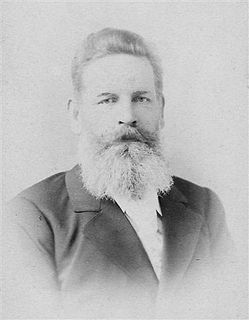 W
WNikolai Karl Adolf Anderson was a Baltic German philologist who specialized in comparative linguistics of Finno-Ugric languages.
 W
WKarl Ernst Ritter von Baer Edler von Huthorn was a Baltic German scientist and explorer. Baer is also known in Russia as Karl Maksímovich Ber.
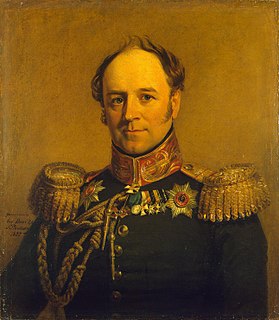 W
WKonstantin Alexander Karl Wilhelm Christoph Graf von Benckendorff was a Baltic German Cavalry General and statesman, Adjutant General of Tsar Alexander I, a commander of partisan units during the War of 1812–13. However, he is most frequently remembered for his later role, under Tsar Nicholas I, as the founding head of the Gendarmes and the Secret Police in Imperial Russia.
 W
WKonstantin von Benckendorff was a Baltic German general and diplomat.
 W
WAlexander Georg von Bunge was a Russian botanist. He is best remembered for scientific expeditions into Asia and especially Siberia.
 W
WFriedrich Wilhelm Graf von Buxhoevden was a Russian infantry general and government official. Buxhoeveden commanded the Russian armies during the Finnish War.
 W
WFranz Burchard Dörbeck was a Baltic German graphic artist and caricaturist born in Fellin in what was then the Governorate of Livonia
 W
WHans William Freiherr von Fersen was an Baltic German admiral in the Imperial Russian Navy. He was partially Scottish as he was descended from Friedrich von Stuart, his maternal great-grandfather.
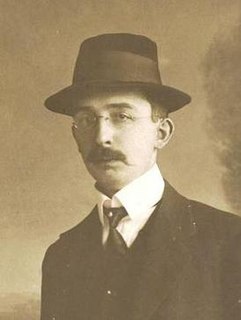 W
WBernhard Gregory was a Baltic German chess master.
 W
WOtto Pius Hippius was a Baltic German architect, particularly noted for several buildings in present-day Estonia. Otto Hippius was born in the family of a painter and lithographer Gustav Adolf Hippius who taught his son Art since the earliest childhood. At the teenage age Otto Hippius studied in Germany and in 1849 he graduated with honors from Karlsruhe Institute of Technology. Since 1849 to 1851 he studied at the Russian Academy of Arts in Saint Petersburg and upon graduation continued working as an architect and teacher at several art schools. In 1864 Hippius became a member of the Russian Academy of Sciences and in 1879 he became a professor.
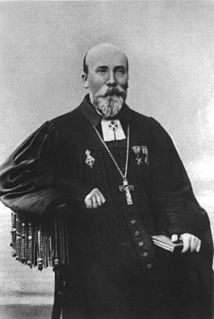 W
WJakob Hurt was a notable Estonian folklorist, theologian, and linguist. With respect to the last, he is perhaps best known for his dissertation on "pure" -ne stem nouns. He was also featured on the 10 krooni note.
 W
WEduard Magnus Jakobson was an Estonian wood engraver and a Baptist missionary. He illustrated many books and designed the masthead logo for Sakala, a newspaper founded by his older brother, Carl Robert Jakobson.
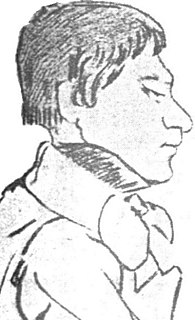 W
WLionel Adalbert Bagration Felix Kieseritzky was a Baltic German chess master, famous primarily for a game he lost against Adolf Anderssen, which because of its brilliance was named "The Immortal Game".
 W
WAdam Johann von Krusenstern was a Baltic German admiral and explorer, who led the first Russian circumnavigation of the globe.
 W
WJuhan Leinberg, also known as prophet Maltsvet, was a founder of a religious sect named after him in Estonia.
 W
WRichard Otto Maack was a 19th-century Russian naturalist, geographer, and anthropologist. He is most known for his exploration of the Russian Far East and Siberia, particularly the Ussuri and Amur River valleys. He wrote some of the first scientific descriptions of the natural history of remote Siberia and collected many biological specimens, many of which were original type specimens of previously unknown species.
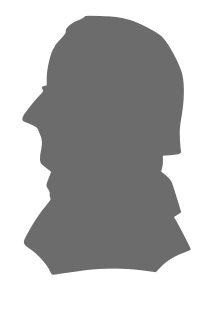 W
WOtto Wilhelm Masing was an early Baltic German Estophile and a major advocate of peasant rights, especially regarding education.
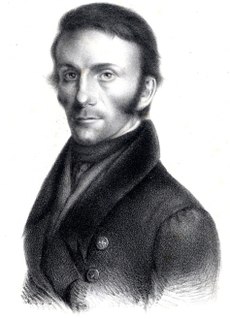 W
WJohann Jacob Friedrich Wilhelm Parrot was a Baltic German naturalist, explorer, and mountaineer, who lived and worked in Dorpat in what was then the Governorate of Livonia of the Russian Empire. A pioneer of Russian and Estonian scientific mountaineering, he is best known for leading the first expedition to the summit of Mount Ararat in recorded history.
 W
WKonstantin Posyet was a Russian Empire statesman and admiral of French origin, who served as Minister of Transport Communications between 1874 and 1888.
 W
WFerdinand Johann Wiedemann was an Estonian linguist who researched Uralic languages, mostly Estonian. Wiedemann was also a botanist.